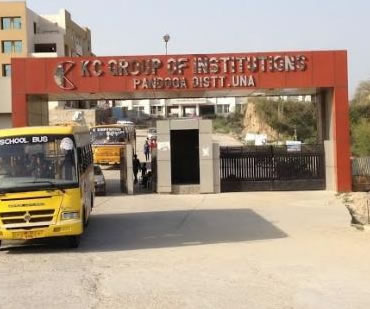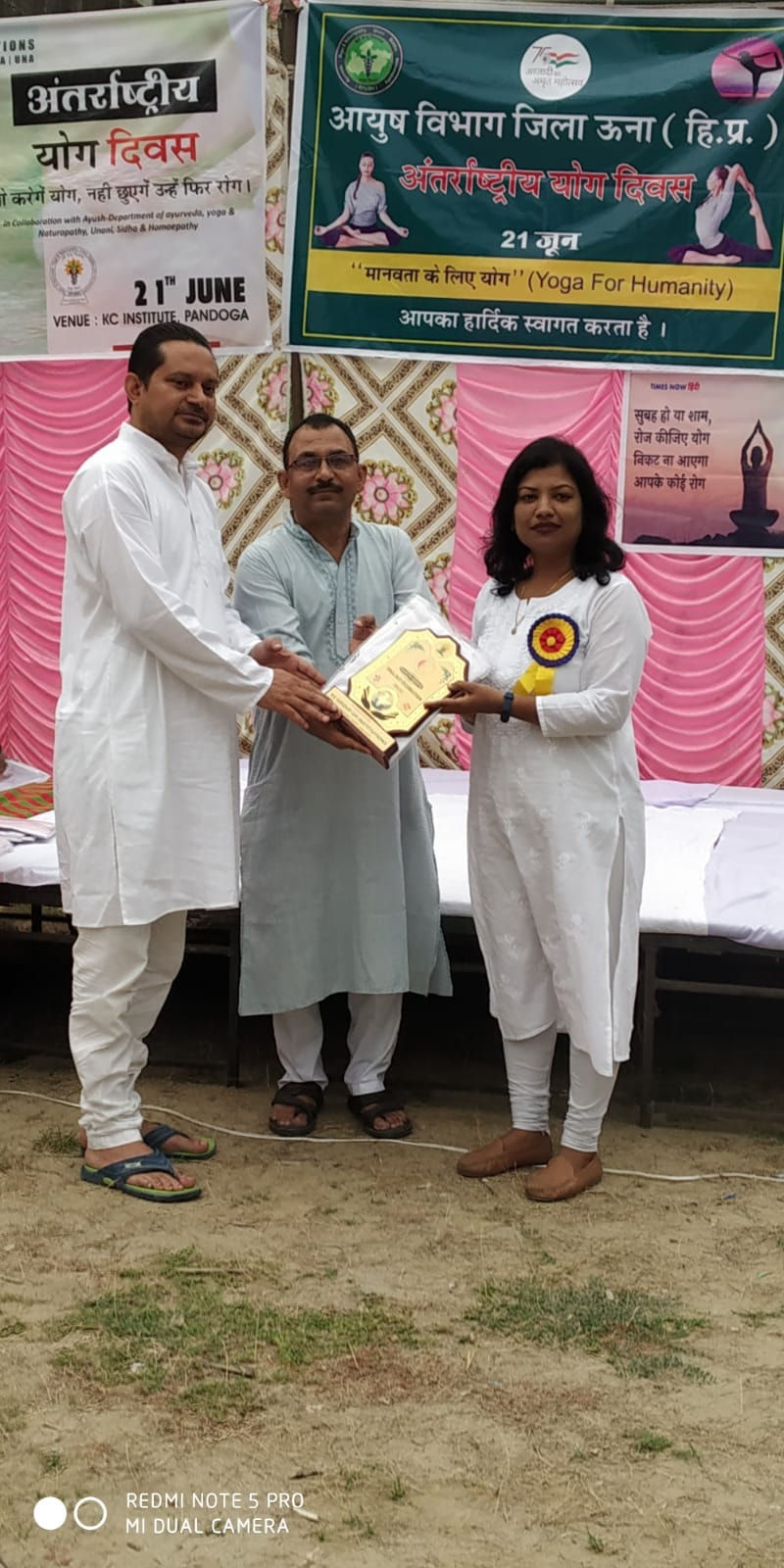FDP on Climate Change, Disaster Management and Sustainable Development at KCGRPI, Pandoga
Date - 25 April 2022 to 29 April 2022
KC Group of Research and Professional Institutes, Pandoga Una (HP) in collaboration with NITTTR Chandigarh successfully organized an online FDP on Climate Change, Disaster Management and Sustainable Development from 25th April 2022 to 29th April 2022. All Faculty members from different colleges of KCGI, Pandoga participated in this FDP
Disasters are events that have a huge impact on humans and the environment. Disasters are inevitable, we cannot do anything to prevent them but disaster preparedness is only in our hand. Disasters management requires government intervention and proper planning as well as funding. It is not necessary that these disasters are always unpredictable. Floods take place in valleys and floodplains, droughts in areas with unstable and low rainfall, and oil spills happen in shipping lanes. This predictability provides opportunities to plan for, prevent and to lessen the impact of disasters. Disasters are inevitable although we do not always know when and where they will happen. But their worst effects can be partially or completely prevented by preparation, early warning, and swift, decisive responses.He told how we can prevent disaster :-
1. Communication - The communication processor may be excessive. The message of communication for communication is the means of communication for communication through the means of communication for communication.
2. Remote Sensing- Space technology plays an important role in effectively mitigating the impact of disaster. use this-
a. Developing an early warning strategy
b. In making and implementing development plans
c. In mobilizing resources including communication and remote medical services
d. Can be done to help in rehabilitation and post-disaster reconstruction.
3. Geographic Information System - Geographic Information System software uses geography and computer-generated maps to coordinate and assess a store of location -
based information. Geographic information systems can be used in scientific investigation, resource management and disaster and development planning.
Sustainability maintains the health and biocapacity of the environment. Sustainability supports the well-being of individuals and communities. Sustainability promotes a better economy where there is little waste and pollution, fewer emissions, more jobs, and a better distribution of wealth.
The main objectives of sustainable development are described as follows:
1. Creating sustainable improvements in the quality of life of all people.
2. To increase economic growth by fulfilling basic needs i.e. raising the standard of living.
3. Providing opportunities to participate in public life and helping to clean the environment.
4. Promotion of interbreeding fairness.
5. To aim at maximizing the net benefits of economic development provided that all environmental and natural resources are protected.
6. To aim at accelerating economic development to conserve and increase human and material capital without harming environmental reserves and future generations.
7. To aim at achieving sustained sustainable development so that the natural capital reserves are not depleted. In addition, weak sustainability requires that the value of physical, human and natural capital reserves is not depleted.





 9814966663/64
9814966663/64









